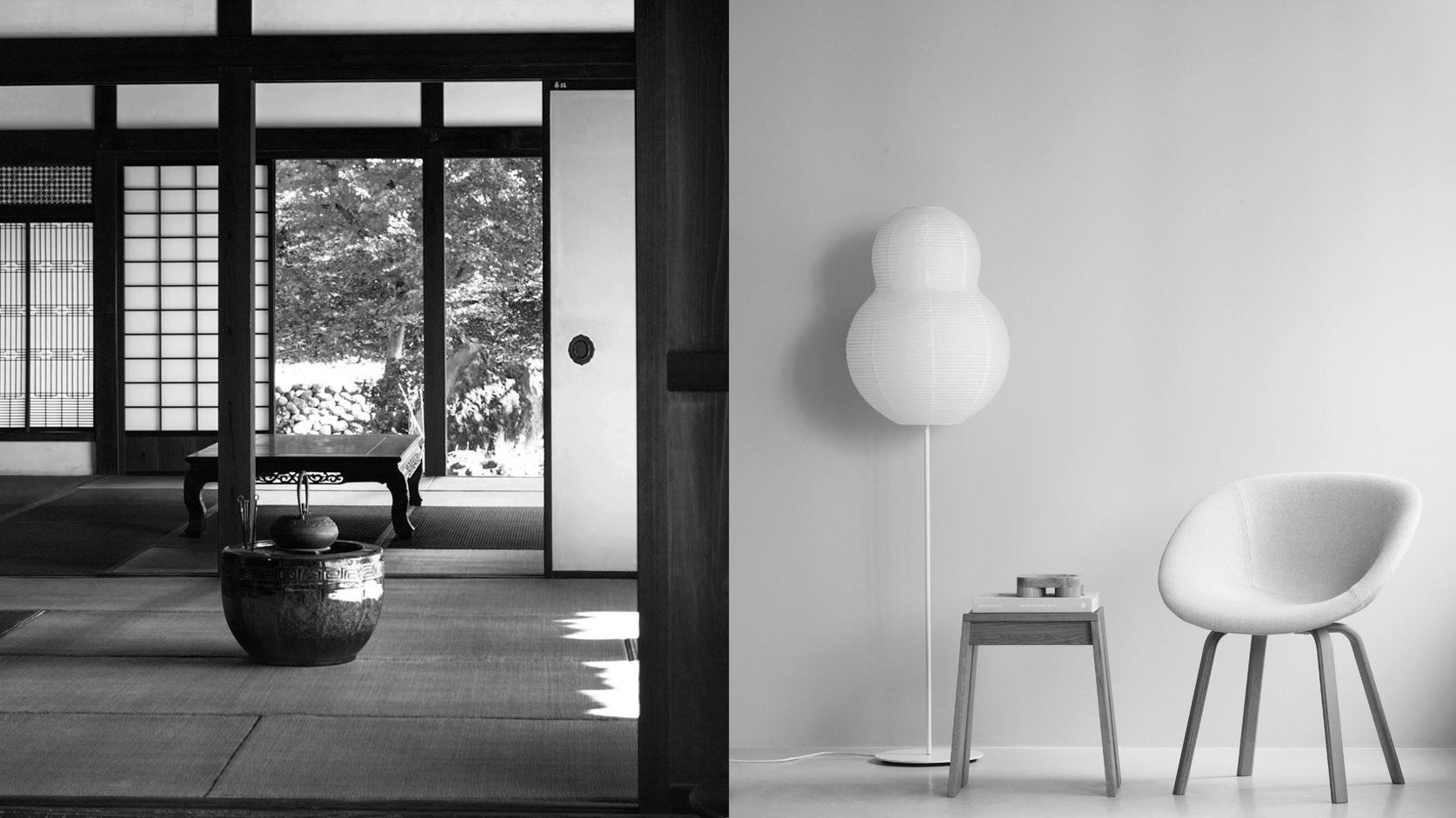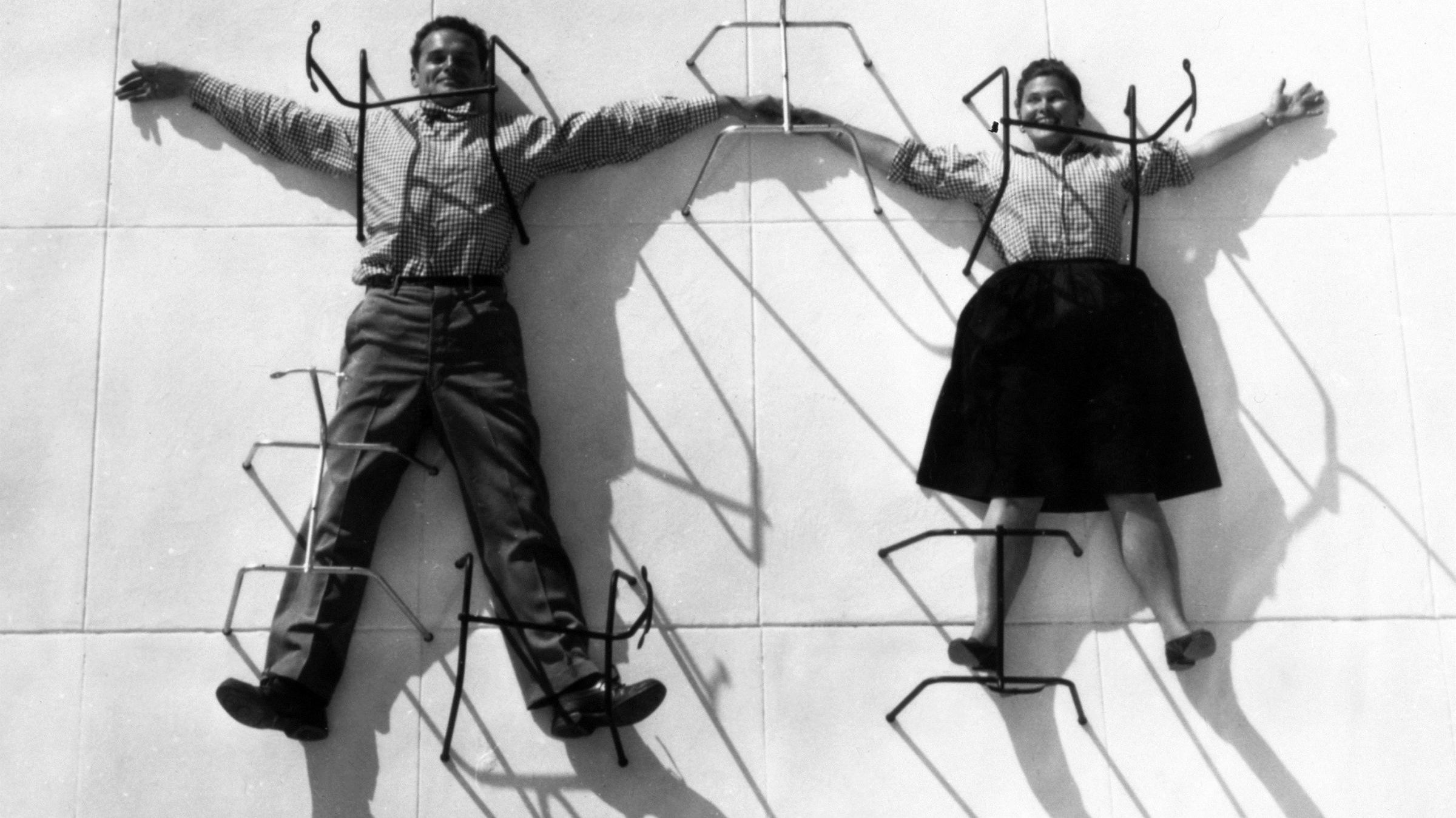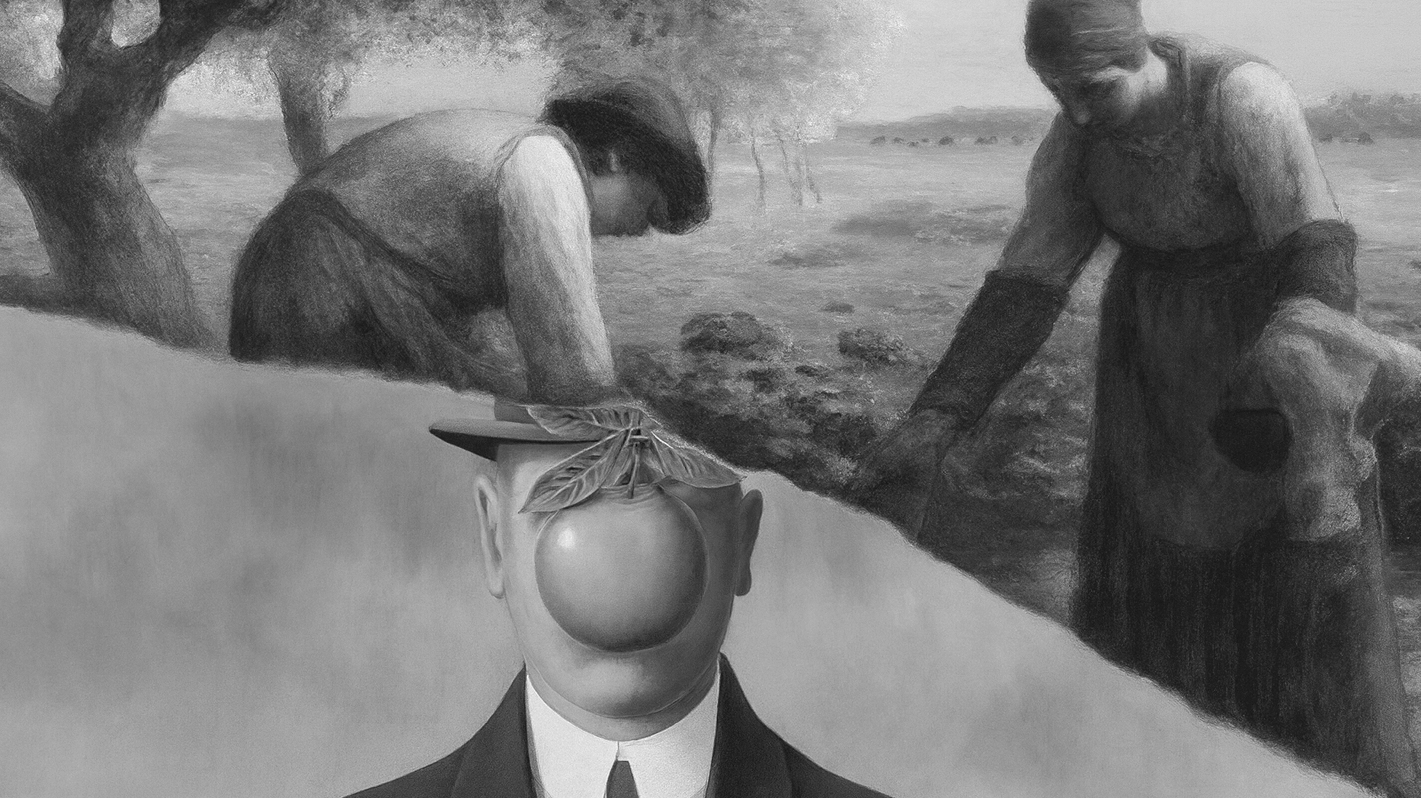Are you curious about the difference between Modern art and Contemporary art? The terms "contemporary" and "modern" are often used interchangeably to describe something that is current or new. However, in art historical terms, it is crucial to recognize that these two terms cannot be used interchangeably. So, what are the distinctions between Modern art and Contemporary art? Below, we have outlined 3 main differences between Modern art and Contemporary art to help you recognize their differences.
Difference Between Modern and Contemporary Art:
1. Time Period
First, it's essential to acknowledge that modern art and contemporary art belong to distinct periods. This is the simplest way to distinguish between these two art forms.
Modern art, referring to artworks created from the 1860s to the 1970s, encompasses a wide range of artistic movements, including impressionism, cubism, surrealism, and abstract expressionism. Modern artists aimed to break free from the constraints of realism and embrace new techniques and interpretations of reality. For instance, impressionism emphasized capturing the ephemeral moments of light and color, while cubism deconstructed objects into geometric shapes, challenging traditional representation.
• Further Reading: What is Modern Art? A Complete Definition and Guide
In contrast, contemporary art emerged in the late 20th century and continues to evolve. (Many art historians consider the late 1960s or early 1970s, marking the end of modernism, as a suitable starting point.) Contemporary art thrives on diversity and experimentation, often blurring the boundaries between art forms. contemporary artists draw inspiration from a wide array of sources, incorporating technology, cultural diversity, and global influences into their work. They explore complex themes, challenge societal norms, and engage with current events, making their art a reflection of our rapidly changing world. Examples include conceptual art, digital art, and performance art, showcasing the diverse range of art forms within contemporary art.
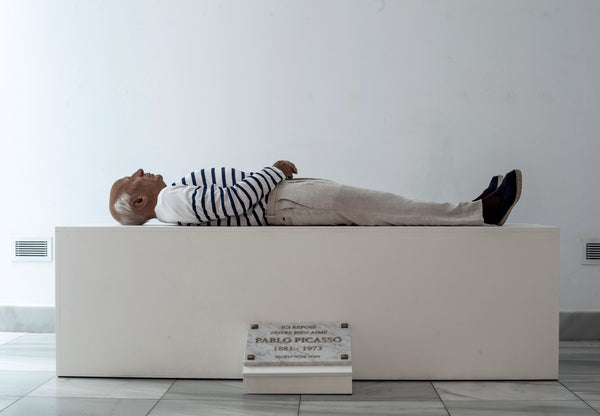
Eugenio Merino, Aqui Murio Picasso, 2017
2. Artistic Characteristics
Besides the time periods, there are conceptual and aesthetic differences between modern art and contemporary art. Both can be regarded as revolutionary, yet their artistic characteristics differ significantly.
Contemporary art places a strong emphasis on experimentation and freedom. It emerged during a period when the traditional rules and boundaries of art were being questioned, granting artists the freedom to explore new techniques, mediums, and ideas, pushing the limits of art itself. Contemporary artists actively engage with current social, political, and cultural issues, reflecting the complexities and diversity of the modern world. This engagement frequently results in contemporary art that serves not only as a mirror reflecting society but also as a dynamic force for driving change.
Contemporary artists fearlessly confront complex and occasionally contentious themes, frequently employing art as a vehicle for social and political critique. As an example of a contemporary artist, Ai Weiwei, the Chinese artist and activist, is known for his uncompromising approach to art and his unyielding commitment to addressing pressing social and political issues through his work. His art frequently challenges established norms and sheds light on issues related to human rights, freedom of expression, and government authority. While some have criticized contemporary art for its absence of a dominant style or movement, making it challenging to provide a precise description, its distinctive features lie in its emphasis on experimentation and engagement with the contemporary world.
• Further Reading: What is Contemporary Art? Definition, Characteristics and Artists
Modern art, on the other hand, places a significant emphasis on experimentation, but it approaches this with a different perspective. Modern artists aimed to break away from tradition and immerse themselves in subjective experiences, encompassing both personal and societal aspects. This focus empowered artists to convey their individuality and create deeply personal works that reflect their unique viewpoints. Within modern art, each major movement, such as impressionism, cubism, surrealism, and abstract expressionism, introduced its distinct style and philosophical approach.
Modern art movements often centered around the individual artist's distinctive vision and viewpoint. In contrast to earlier artists who often utilized painting and sculpture for religious or mythological purposes or to celebrate the human form, modern artists frequently employed their work as a means to make statements. They were encouraged to express their personal experiences, emotions, and perspectives, contributing to the vibrant diversity of modern art.

Piet Mondrian, Composition with Color Planes 5, 1917
3. Subject Matter
Modern artists aimed to redefine art and challenge traditional notions of representation, focusing on evoking emotions, provoking thoughts, and expressing inner experiences through abstract or symbolic forms. As a result, Modern art explored various subjects, such as landscapes, still life, portraits, and historical events, providing avenues for artistic exploration and self-expression.
In contrast, contemporary artists draw inspiration from our globalized world, cultural diversity, technology, and the rapid exchange of information. Their artworks often respond to current events, political climates, and cultural shifts, resulting in an even wider range of subject matter. Contemporary art encompasses social issues, identity, globalization, technology, and the human experience in the present times, reflecting the complexities of our modern society. Moreover, contemporary artworks sometimes place a stronger emphasis on "the concept," a process that occasionally demands active participation from the audience.
• Further Reading: What is Conceptual Art? Art is Not About the Object?
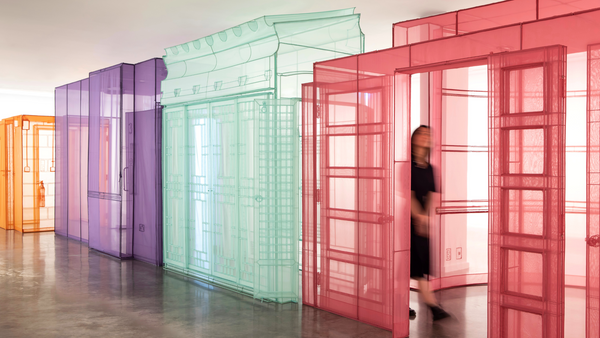
Do Ho Suh, Hub Series, 2022
When comparing modern art and contemporary art, we can observe the evolution and transformation of artistic expression over time. Modern art emerged in response to the changing world in the late 19th and 20th centuries, while contemporary art continues to mirror the complexities of our ever-changing society. Both genres offer distinct perspectives and capture the essence of their respective eras, enabling us to explore the artistic evolution and cultural significance of different periods.
Continue Reading:
• What is Modern Art? A Complete Definition and Guide
• What is Contemporary Art? Definition, Characteristics and Artists
• Surrealism in Art: From the Unconscious Dream to Artistic Reality
(3 Main Differences Between Modern Art & Contemporary Art - dans le gris)
About Us
Dans Le Gris is a brand that began with everyday jewelry, fusing minimalist and artistic elements. Our objective is to enrich daily life with designs that are pure, timeless, and unique.
In our journal, we provide irregular updates featuring articles about art, culture, and design. We aspire to furnish our readers with profound insights and inspiration across a broad array of creative subjects. From the daily inspirations found in art and design to the timeless beauty of traditional craftsmanship and philosophy, our curated content encompasses diverse aspects of life. We hope you enjoy our content, and thank you for being here.
Shop Now
↪ Follow us for more updates: YouTube | Instagram

